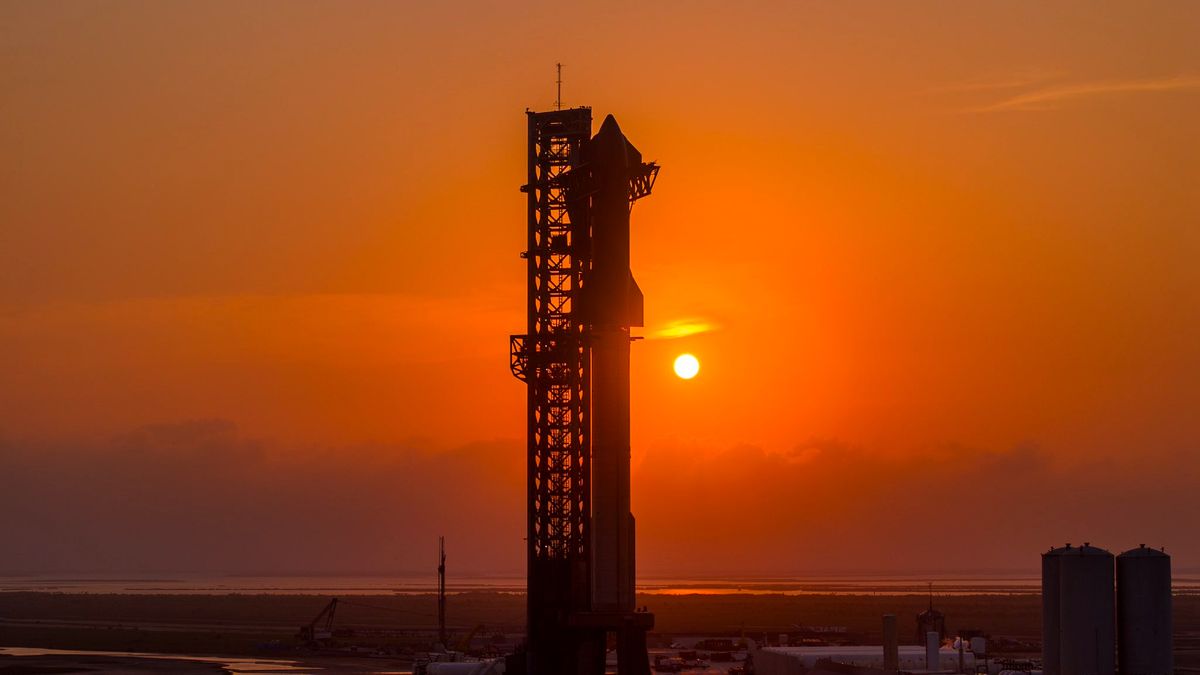F-22Raptor
Elite Member
- Jun 18, 2014
- 19,871
- 23,522
- Country of Origin

- Country of Residence

- Thread starter
- #106
SpaceX launches another 23 Starlink satellites; lands booster 312th time, 54 total launches this year










 www.nextbigfuture.com
www.nextbigfuture.com






















